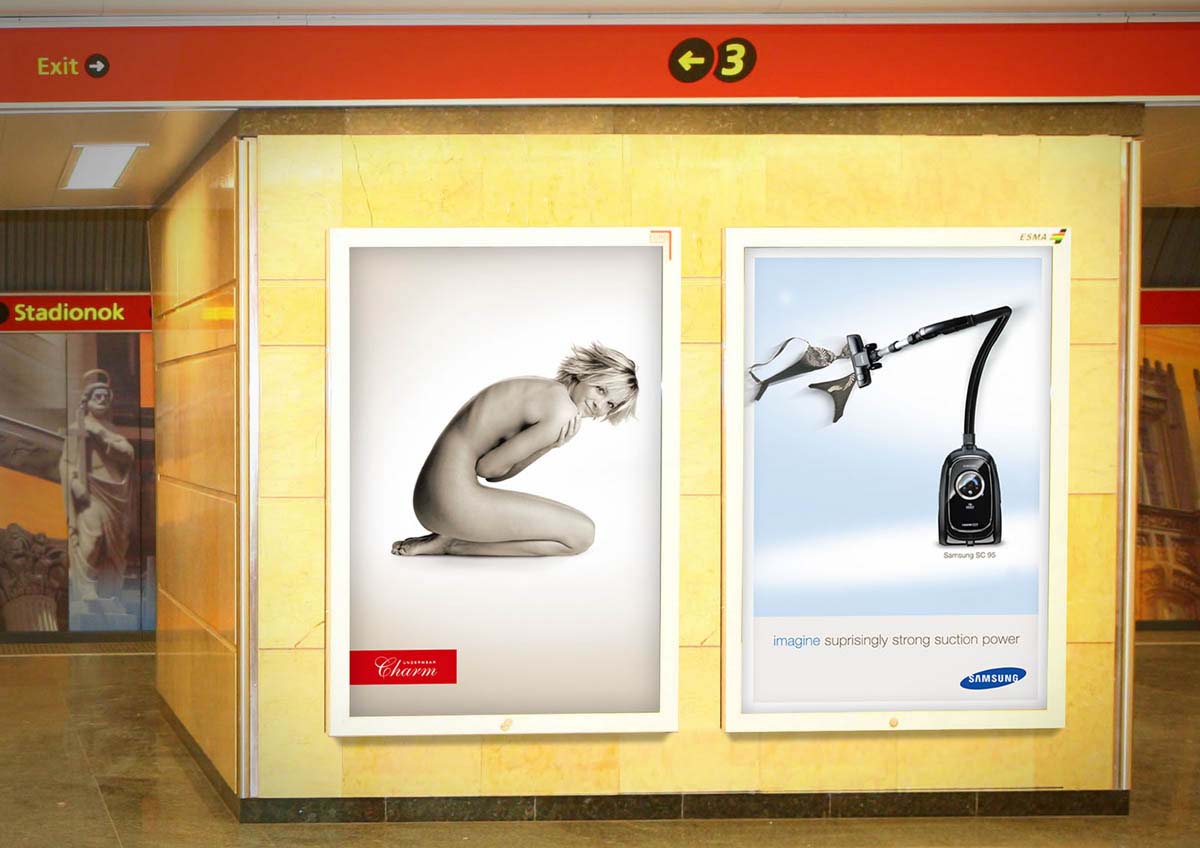Canadian-American Pritker Prize-winning architect, Frank Owen Gehry was born February 28, 1929 in Toranto, Ontario. His works is considered one of the most important works of contemporary architecture in the 2010 World Architecture Survey. He was labeled “The most important architect of our age” by Vanity Fair. His best known words include MIT Stata Center in Cambridge, Massachusetts; Experience Music Project in Seattle; Guggenheim Museum in Bilbao, Spain; Weisman Art Museum in Minneapolis; Ontario Art Gallery in Toronto; Walt Disney Concert Hall in downtown Los Angeles; MARTa Museum in Germany and Dancing House in Prague. But his work started out using paper known as paper architecture before he began building the buildings. He used to build cities out of scraps of wood with his grandmother, adding in chain link fencing and other material whenever he visited the hardware store.
He studies at Los Angeles City College and graduated from the University of Southern California’s School of Architecture. His style is said to be Deconstructivism or DeCon architecture because it departs from modernism in its societal and functional necessity. He has be called “the apostle of chain-link fencing and corrugated metal siding” His work can come under some criticism because it wastes structural resources by creating functionless forms, the buildings often overwhelm its intended use and the buildings are designed without accounting for the climate. The building also does not seem to belong to their surroundings. In spite of the criticism his work has come through, his work stands through as an innovation to think outside the box instead of following the predefined form.
http://blog.bumblebeelabs.com/wp-content/uploads/2010/02/frank_gehry_star_wood_hotel_3.jpg
http://macozz.files.wordpress.com/2008/08/mit_frank_gehry_stata_center.jpg













 Sometimes there is a difference between what is modern and what is functional. These two things do not always go hand and hand. When items are massed produced, the items sometimes suffer a lack of modern touch. Mass production focuses on what is functional rather than what is modern. This is usually because mass production tends to try to maximize their efficiency by using the minimal amount of materials as possible to get the desired results. By doing so, you maximize the number of items produces and minimize the cost of production. But this results in massed produced items that can be used in generic places. Mass production does not have room for customization. Every item is the same as the next. However, because of this, the items can be used in many places, such as schools or cafeterias because they are so generic. More modern items take more time to make and each item may be different from the next and might not fit into everyday places.For instance, a chair made out of metal cans, formed into the shape of a seashell probably would not be practical for use in a school class room. Although modern items may cost more and take more time to produce, the works can be very beautiful. In the right place, modern items can brighten up a room and add a uniqueness that mass produced items fail to capture. There are advantages and disadvantages to both modernism and functionalism. Which one is preferred depends on the use of the item and the location for it.
Sometimes there is a difference between what is modern and what is functional. These two things do not always go hand and hand. When items are massed produced, the items sometimes suffer a lack of modern touch. Mass production focuses on what is functional rather than what is modern. This is usually because mass production tends to try to maximize their efficiency by using the minimal amount of materials as possible to get the desired results. By doing so, you maximize the number of items produces and minimize the cost of production. But this results in massed produced items that can be used in generic places. Mass production does not have room for customization. Every item is the same as the next. However, because of this, the items can be used in many places, such as schools or cafeterias because they are so generic. More modern items take more time to make and each item may be different from the next and might not fit into everyday places.For instance, a chair made out of metal cans, formed into the shape of a seashell probably would not be practical for use in a school class room. Although modern items may cost more and take more time to produce, the works can be very beautiful. In the right place, modern items can brighten up a room and add a uniqueness that mass produced items fail to capture. There are advantages and disadvantages to both modernism and functionalism. Which one is preferred depends on the use of the item and the location for it.